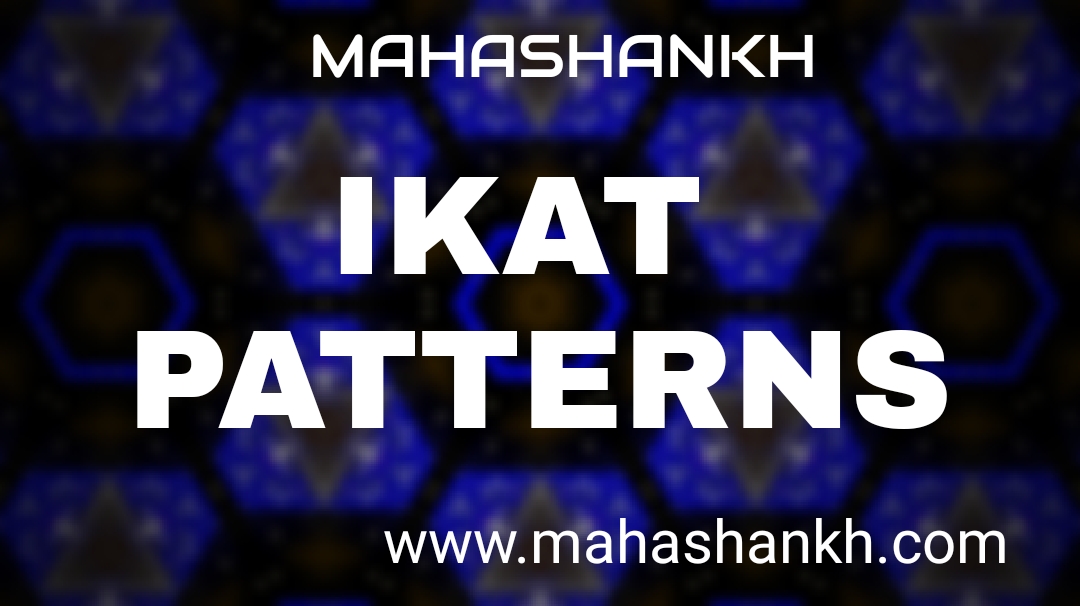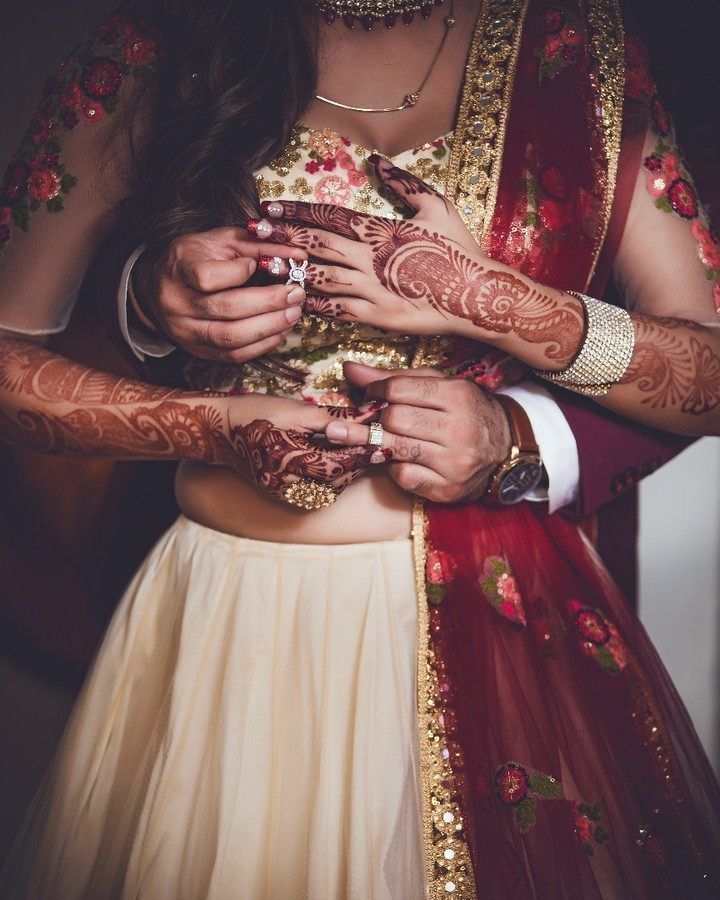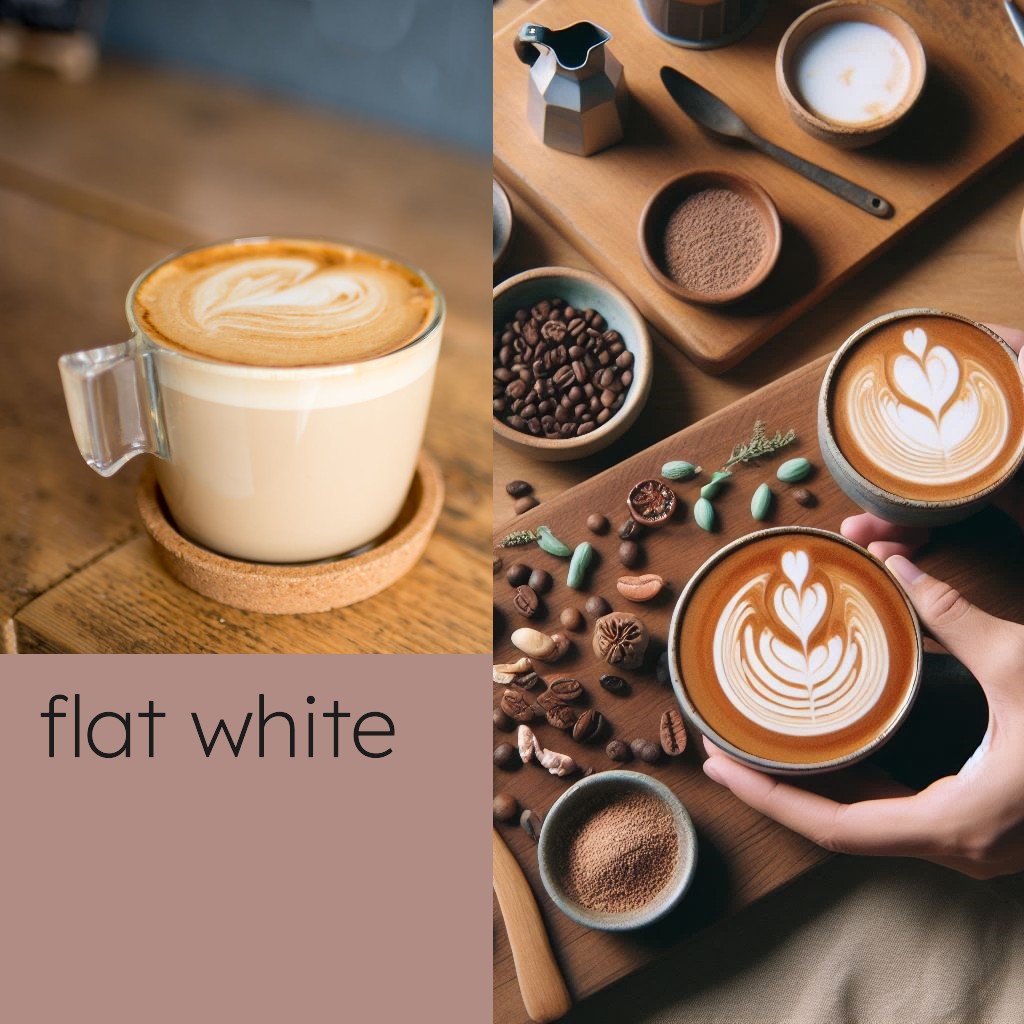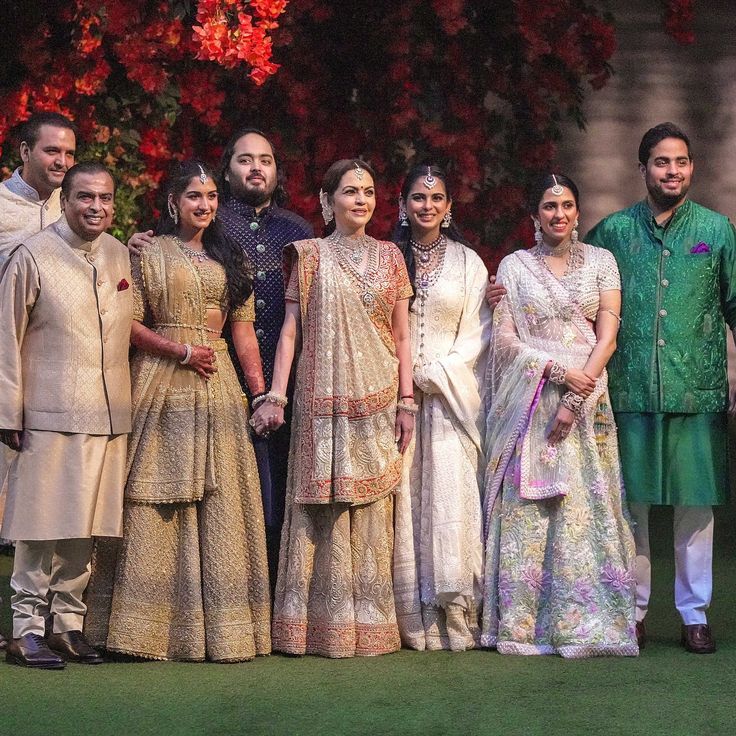Ikat Patterns: A Timeless Fusion of Art and Craft
Ikat, derived from the Malay-Indonesian word ‘mengikat,’ meaning ‘to tie,’ is a vibrant textile technique that has captivated cultures across the globe for centuries. With its intricate patterns and exquisite craftsmanship, ikat has become a symbol of cultural heritage and a testament to the artistry of its creators. From the ancient Silk Road to the modern runways, ikat patterns continue to enthrall and inspire.
Table of Contents
Originating in various regions around the world, including Southeast Asia, Central Asia, and South America, ikat is a dyeing technique that involves a meticulous process of resist-dyeing yarns before weaving them into fabric. What sets ikat apart is the way the threads are dyed before they are woven, resulting in distinct blurred and feathered edges that give the pattern a characteristic charm.

The process of creating ikat patterns is a labor-intensive and time-consuming endeavor. It requires immense skill, patience, and attention to detail. The first step involves carefully tying or binding sections of the yarn with wax or other materials to create areas of resistance. These bound sections act as barriers, preventing the dye from penetrating certain parts of the yarn. The process is repeated multiple times, with different colors and patterns, to achieve the desired design complexity.
Once the yarns are dyed and dried, they are ready for weaving. Skilled artisans use traditional looms to meticulously interlace the dyed yarns, bringing the patterns to life. The alignment of the dyed threads during weaving is a critical aspect of the ikat technique. It requires precision and expertise to ensure that the patterns align perfectly and create a harmonious and balanced design.
The beauty of ikat patterns lies in their versatility and the ability to adapt to various forms of textiles. From silk and cotton to wool and even synthetic fibers, ikat patterns can be incorporated into a wide range of fabrics, allowing for endless creative possibilities. This adaptability has contributed to ikat’s popularity in fashion, home décor, and art.
Ikat patterns come in a myriad of designs, reflecting the cultural heritage and artistic traditions of their respective regions. Each region has its own distinct motifs and color schemes, often influenced by the local flora, fauna, and historical symbolism. For example, Indonesian ikat patterns showcase bold geometric shapes, floral motifs, and vibrant colors, while Uzbek ikat is characterized by intricate medallion-like designs and a rich palette of earthy tones.
Over the years, ikat patterns have transcended borders and gained recognition on the global stage. Fashion designers and artists around the world have embraced ikat, incorporating its patterns into their collections and artwork. From haute couture runways to casual streetwear, ikat has found its place in contemporary fashion, adding a touch of tradition and authenticity to modern designs.
Beyond its aesthetic appeal, ikat patterns carry cultural significance and serve as a means of storytelling. They embody the traditions, beliefs, and values of the communities that create them. They celebrate the ingenuity of indigenous artisans and their dedication to preserving ancient craft techniques in the face of modernization.
As we continue to appreciate the beauty of ikat patterns, it is crucial to recognize and support the communities and artisans behind this timeless art form. By valuing their craft and promoting sustainable practices, we can ensure that ikat patterns endure for future generations to enjoy.
One of the remarkable aspects of ikat patterns is their ability to transcend time. These patterns have been passed down through generations, maintaining their relevance and appeal across centuries. They connect us to the past, linking contemporary design with the ancient traditions of cultures long gone. By incorporating ikat into our lives, we pay homage to the skill and creativity of our ancestors.
The widespread popularity of ikat patterns can be attributed to their universal appeal. They effortlessly blend with different aesthetics, whether it’s a bohemian-inspired interior, a contemporary minimalist outfit, or a fusion of cultural styles. The versatility of ikat allows it to seamlessly integrate into diverse design sensibilities, offering a touch of authenticity and personality.
Moreover, ikat patterns hold a certain allure due to their handmade nature. Unlike mass-produced textiles, ikat fabrics are the result of meticulous craftsmanship. The imperfections and slight variations in the patterns add to their charm, making each piece truly unique. They stand as a testament to the value of artisanal work and the beauty that lies in the human touch.
In recent years, there has been a resurgence of interest in traditional crafts and sustainable practices. Ikat patterns perfectly align with this movement. They are inherently sustainable, as the dyeing process uses natural pigments, and the hand-weaving techniques consume fewer resources compared to mechanized production. Embracing ikat patterns means embracing ethical fashion and supporting local communities.
Furthermore, the revival of ikat patterns has provided economic opportunities for artisans in rural areas. By revitalizing traditional crafts, communities have been able to preserve their cultural heritage while creating sustainable livelihoods. Through fair trade practices and collaborations with designers, these artisans can showcase their skills on a global platform, fostering cultural exchange and mutual appreciation.
As we delve deeper into the digital age, where mass-produced goods dominate the market, the resurgence of ikat patterns serves as a reminder of the beauty and value of slow and mindful craftsmanship. It encourages us to reconnect with the origins of the products we consume and to appreciate the stories woven into each thread.
The global reach of ikat patterns has led to interesting cross-cultural collaborations and interpretations. Contemporary designers and artists have been inspired by ikat and have incorporated its elements into their work. This fusion of traditional craftsmanship with modern design sensibilities breathes new life into ikat patterns, giving them a fresh and contemporary relevance.
Ikat patterns have also become a source of inspiration in interior design. From upholstery fabrics to curtains, rugs, and wall hangings, ikat adds a touch of warmth and character to living spaces. Its bold colors and intricate designs create focal points and conversation starters within a room. Whether used sparingly or in abundance, ikat patterns inject vibrancy and personality into any interior.
The influence of ikat extends beyond textiles and fashion. It has inspired other art forms, including painting, ceramics, and even jewelry design. Artists have incorporated ikat motifs and patterns into their creations, showcasing the versatility and adaptability of this traditional craft.
In addition to its cultural and artistic significance, ikat patterns also hold economic importance. They have become a source of pride and identity for communities, contributing to local economies through tourism and trade. By purchasing and supporting ikat products, we directly contribute to the preservation of these communities’ cultural heritage and help sustain their livelihoods.
Furthermore, the global appreciation for ikat patterns has led to collaborations between designers and artisans from different cultures. These collaborations promote cultural exchange and foster mutual understanding, breaking down barriers and creating opportunities for creative synergy.
The revival of ikat patterns is not limited to their traditional forms. Contemporary designers have experimented with ikat, merging it with modern techniques and materials. This innovation has resulted in exciting hybrid designs that push the boundaries of what ikat can be, appealing to a broader audience and ensuring its relevance in the ever-evolving world of design.
In conclusion, ikat patterns are not confined to their historical origins but continue to evolve and inspire. Their enduring allure lies in their craftsmanship, cultural significance, and ability to transcend borders and time. From traditional textiles to contemporary fashion and interior design, ikat patterns hold a treasured place in the world of art and craft. By embracing and cherishing these patterns, we honor the legacy of the artisans who have passed them down through generations, and we celebrate the enduring beauty of this captivating textile technique.
TYPES OF IKAT PATTERNS
There are several types of ikat patterns that vary in style, technique, and cultural origins. Here are some notable types of ikat patterns:
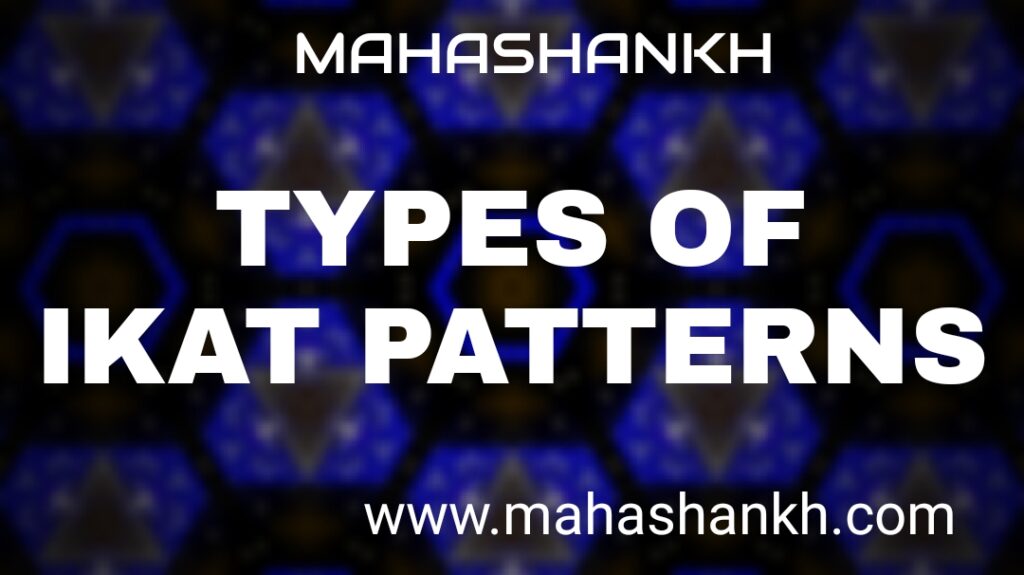
- Warp Ikat: In this technique, the patterns are created by dyeing the warp threads before they are woven into the fabric. The weft threads remain a solid color.
- Weft Ikat: In contrast to warp ikat, the weft threads are dyed before weaving, while the warp threads are a solid color. This technique creates distinct patterns on the weft threads.
- Double Ikat: This intricate technique involves dyeing both the warp and weft threads before weaving, resulting in highly detailed and precise patterns. Double ikat is known for its complexity and is traditionally practiced in countries like India (Patola), Japan (Kasuri), and Indonesia (Geringsing).
- Single Ikat: In single ikat, only either the warp or the weft threads are dyed before weaving, while the other set of threads remains a solid color. This technique is relatively simpler compared to double ikat but still produces beautiful patterns.
- Kasuri: Kasuri is a Japanese term for ikat patterns. It is commonly used in Japanese textiles, particularly in kimono fabrics. Kasuri patterns often feature small, repeated motifs in various colors.
- Patola: Patola is a type of double ikat weaving from Gujarat, India. It is known for its vibrant colors and intricate geometric patterns. Patola sarees are highly prized and symbolize wealth and prestige.
- Adras: Adras is a type of ikat pattern commonly found in Central Asia, particularly in Uzbekistan. It features bold and contrasting colors with geometric and floral designs.
- Pua Kumbu: Pua Kumbu is a traditional ikat textile from the Iban people of Sarawak, Malaysia. It often depicts mythical creatures, human figures, and natural elements, and is used for ceremonial purposes.
- Jepara: Jepara is an Indonesian ikat pattern originating from the Jepara region of Central Java. It typically showcases floral motifs, including stylized flowers and leaves.
- Warp-faced Ikat: This type of ikat features predominantly solid colors on the weft threads, while the warp threads create intricate patterns. It is commonly seen in textiles from Central Asia.
These are just a few examples of the diverse range of ikat patterns found across different cultures and regions. Each type has its own unique characteristics and cultural significance.
HISTORY OF IKAT PATTERNS
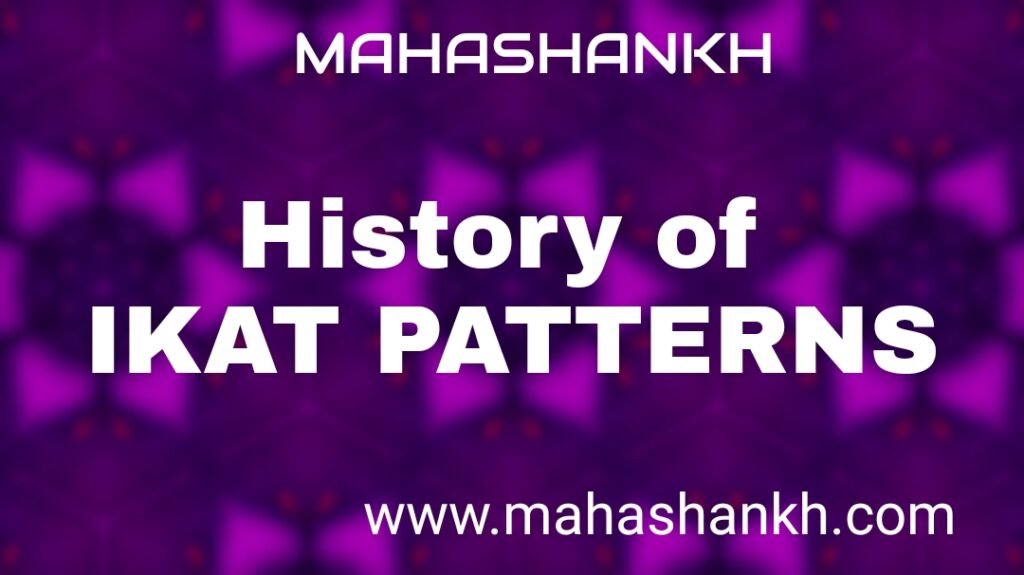
The history of ikat patterns dates back thousands of years and is believed to have originated in various regions around the world. The exact origins of ikat are difficult to pinpoint due to its widespread presence across different cultures. However, it is widely recognized as a textile dyeing and weaving technique practiced in Central Asia, Southeast Asia, South America, and parts of Africa.
The word “ikat” itself is derived from the Indonesian word “mengikat,” meaning “to tie.” This refers to the intricate process of tying and dyeing the yarn before it is woven into fabric, creating the characteristic blurred and feathered edges of the patterns.
Ikat patterns have been found in archaeological excavations and ancient textiles, suggesting their presence in civilizations as early as the first millennium BCE. It is believed that the technique spread through trade routes and cultural exchanges, resulting in unique variations and adaptations in different regions.
Central Asia, particularly Uzbekistan, has a rich history of ikat production. The cities of Samarkand and Bukhara were renowned centers of ikat weaving along the Silk Road. The intricate double ikat patterns of Bukhara and the bold designs of Margilan in Uzbekistan are highly celebrated.
In Southeast Asia, ikat weaving has a long tradition, particularly in Indonesia. Indonesian ikat textiles, known as “ikat tenun,” have been produced for centuries by different ethnic groups, such as the Toraja, Dayak, and the weavers of Sumba and Flores. Each region has its own distinctive patterns and motifs, often reflecting the cultural heritage and mythology of the communities.
In India, ikat weaving is prevalent in various regions, including Odisha (known as “Bandha”), Gujarat (notably the Patola sarees), and Telangana (known as “Pochampally”). These regions have unique ikat traditions with distinct patterns, color palettes, and weaving techniques.
In South America, ikat weaving is practiced by indigenous communities, such as the Chimú and Paracas in Peru, and the Shipibo-Conibo in the Amazon rainforest. These cultures have preserved their ikat traditions for generations, often using natural dyes and intricate patterns.
Throughout history, ikat patterns have been deeply intertwined with cultural identities, social status, and ceremonial practices. They have been used in garments, accessories, home textiles, and ceremonial textiles, representing the artistic expression, craftsmanship, and heritage of diverse communities.
In recent times, ikat has gained popularity worldwide, appreciated for its unique aesthetics, craftsmanship, and connection to cultural traditions. It continues to inspire contemporary designers and artists, blending traditional techniques with modern applications in the realm of fashion, interior design, and art.
FUTURE OF IKAT PATTERNS
The future of ikat patterns holds great potential as they continue to captivate the interest of designers, artisans, and consumers around the world. Here are a few aspects that highlight the potential direction of ikat patterns:
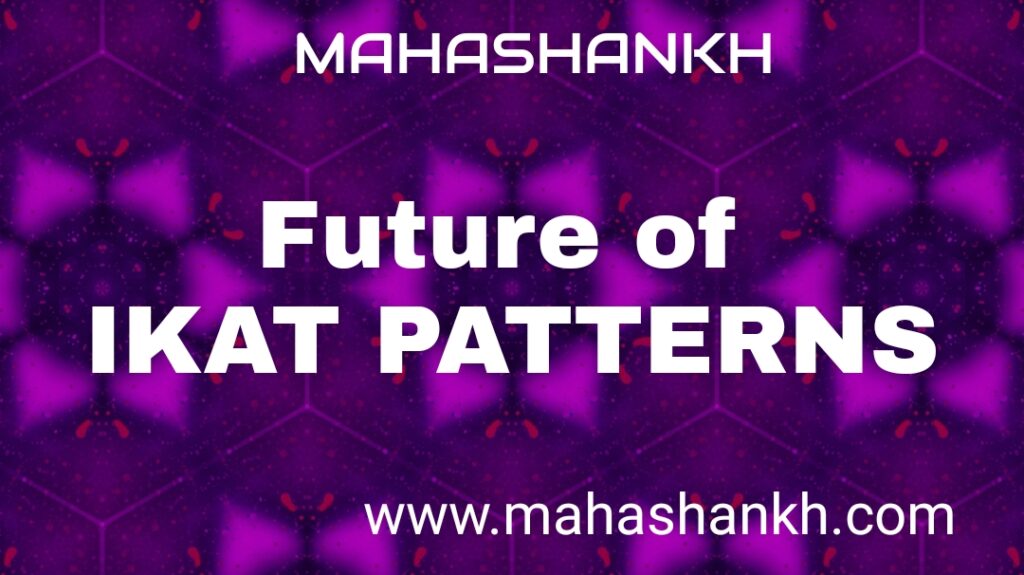
- Preservation of Traditional Techniques: As awareness of the importance of preserving cultural heritage grows, there is a concerted effort to protect and promote traditional ikat weaving techniques. Artisans and organizations are working together to ensure the transmission of knowledge and skills to future generations, allowing the continuity of these intricate craft traditions.
- Fusion of Traditional and Contemporary Designs: The evolution of ikat patterns involves the exploration of new design concepts, blending traditional motifs with modern aesthetics. Contemporary designers are experimenting with different color palettes, scales, and applications of ikat patterns, infusing them into various products beyond traditional textiles. This fusion of tradition and innovation can lead to exciting creations that appeal to a wider audience.
- Sustainable and Ethical Practices: With the growing demand for sustainable and ethical fashion and textiles, ikat patterns can play a significant role. The use of natural dyes, organic fibers, and eco-friendly production methods aligns with the principles of sustainability. Consumers are increasingly seeking out products that are not only visually appealing but also environmentally responsible, which makes ikat an attractive choice.
- Collaborations and Cross-Cultural Exchanges: The future of ikat patterns may involve collaborative initiatives between artisans, designers, and communities from different regions and cultural backgrounds. These collaborations can facilitate the exchange of techniques, motifs, and ideas, leading to the emergence of new and innovative interpretations of ikat patterns.
- Digital and Technological Advancements: The integration of technology in the design and production process can open up new possibilities for ikat patterns. Digital tools and techniques such as computer-aided design (CAD) and digital printing can enhance the precision and efficiency of pattern creation. This can enable designers to experiment with intricate and complex patterns, leading to new visual aesthetics.
- Global Appreciation and Market Reach: The increasing global appreciation of ikat patterns offers opportunities for artisans and communities to showcase their skills and products to a broader market. Online platforms, social media, and e-commerce have facilitated the access and exposure of ikat textiles to international audiences. This exposure can result in increased recognition, economic empowerment, and cultural exchange.
Overall, the future of ikat patterns is dynamic and promising. Their rich cultural heritage, unique visual appeal, and adaptability make them a timeless art form that continues to evolve and inspire. As the world embraces diversity and craftsmanship, ikat patterns are poised to shine as a symbol of cultural pride, sustainable practices, and artistic innovation.
Properties of Ikat Fabric
Ikat is a traditional fabric dyeing technique where the yarns are dyed before weaving, creating unique and often intricate patterns. Here are some key properties of ikat fabric:
- Resist-Dye Technique: Ikat involves a resist-dye technique where specific areas of the yarn are covered with a resist material, such as wax or binding, to prevent dye penetration. The tied or covered sections resist the dye, creating the desired pattern.
- Varied Patterns: Ikat patterns can range from simple geometric shapes to complex and intricate designs. The precision of the patterns depends on the skill of the artisan and the complexity of the tying and dyeing process.
- Blurred Edges: One distinctive feature of ikat is the characteristic blurred or feathered edges in the pattern. This effect is a result of the manual alignment of the dyed yarns during the weaving process.
- Handcrafted: Ikat fabrics are typically handmade, making each piece unique. Skilled artisans invest time and effort in tying, dyeing, and weaving the fabric, contributing to its cultural and artistic value.
- Natural Fibers: Ikat can be produced using various natural fibers like cotton, silk, or wool. The choice of fiber can influence the texture, feel, and appearance of the final fabric.
- Vibrant Colors: Ikat fabrics are known for their vibrant and rich colors. The dyeing process allows for the use of multiple colors, resulting in a visually striking and lively appearance.
- Versatility: Ikat fabrics are used for various purposes, including clothing (dresses, skirts, shirts), home decor (curtains, upholstery, bedspreads), and accessories (scarves, bags). The versatility of ikat makes it popular in different cultures worldwide.
- Cultural Significance: Ikat holds cultural significance in many regions, often reflecting the traditional designs and symbols of the community. The patterns can carry specific meanings and stories, making each piece a cultural artifact.
- Lightweight and Breathable: Depending on the chosen fiber, ikat fabrics can be lightweight and breathable, making them suitable for warm climates and comfortable for clothing.
- Durable: Ikat fabrics are generally durable and can withstand regular use, especially when made from robust fibers like cotton or wool.
- Handwoven Texture: The handwoven nature of ikat fabric may result in a slightly uneven texture, adding to its charm and uniqueness.
- Global Appeal: Ikat has gained international popularity, and you can find variations of this fabric in different parts of the world, each with its distinct patterns and techniques.
These properties contribute to the allure and desirability of ikat fabrics, making them prized for their aesthetic and cultural value.
FAQs Based On Ikat Pattern
What is Ikat?
Ikat is a dyeing technique used to pattern textiles. It involves resist dyeing the yarns before weaving to create intricate designs.
Where did Ikat originate?
Ikat has origins in various cultures, including Central Asia, India, Japan, Indonesia, and Latin America.
How is Ikat different from other dyeing techniques?
Unlike other dyeing methods, Ikat involves dyeing the yarns before the weaving process, creating a blurred or feathered effect in the final pattern.
What types of fabrics are commonly used for Ikat?
Cotton, silk, and wool are commonly used fabrics for Ikat.
What is the significance of Ikat patterns in cultural contexts?
Ikat patterns often hold cultural and symbolic significance, representing traditions, stories, and rituals.
Can Ikat patterns be found in both traditional and contemporary designs?
Yes, Ikat patterns are versatile and can be adapted to both traditional and modern designs.
How are Ikat patterns created?
Ikat patterns are created by selectively tying and dyeing the threads in a predetermined pattern before weaving.
What are the primary colors used in Ikat patterns?
Ikat patterns often feature vibrant and bold colors, including reds, blues, greens, and yellows.
Do all Ikat patterns have a specific meaning?
No, the meaning of Ikat patterns can vary widely, as it depends on the cultural context and the specific design.
Are Ikat patterns more commonly found in clothing or home decor?
Ikat patterns can be found in both clothing and home decor items like curtains, pillow covers, and tablecloths.
Is Ikat only used in traditional clothing?
No, Ikat patterns have made their way into contemporary fashion, including dresses, shirts, and accessories.
Can Ikat patterns be machine-made?
While traditionally handmade, there are machine-made variations of Ikat patterns available in the market.
What regions are famous for their Ikat production?
Uzbekistan, India, Indonesia, and Guatemala are some regions known for their traditional Ikat production.
Are there different styles of Ikat weaving?
Yes, there are various styles, including warp ikat, weft ikat, and double ikat, each with its own unique characteristics.
How can one distinguish between handwoven and machine-made Ikat?
Handwoven Ikat often shows slight irregularities and variations, whereas machine-made Ikat tends to have more uniform patterns.
Can Ikat patterns be customized?
Some artisans and designers offer custom Ikat patterns, allowing for personalized designs.
Are Ikat patterns more suitable for casual or formal wear?
Ikat patterns can be adapted to both casual and formal wear, depending on the design and fabric.
What is the role of Ikat in sustainable fashion?
Handmade Ikat often involves traditional and sustainable practices, contributing to the growing interest in sustainable fashion.
How should I care for Ikat garments?
Ikat garments should be hand-washed or dry-cleaned to preserve the integrity of the dye and prevent bleeding.
Can Ikat patterns be used in interior design?
Yes, Ikat patterns are popular in interior design for items like upholstery, rugs, and draperies.
Are there specific motifs commonly found in Ikat patterns?
Motifs can vary, but geometric shapes, florals, and animal motifs are commonly found in Ikat patterns.
Do Ikat patterns have a religious significance?
In some cultures, Ikat patterns may have religious symbolism, representing spiritual beliefs or ceremonies.
How long does it take to create a handwoven Ikat piece?
The time required depends on the complexity of the design and the skill of the weaver, ranging from days to months.
Can synthetic dyes be used in Ikat weaving?
While traditionally natural dyes were used, synthetic dyes are also employed in contemporary Ikat weaving.
What is the difference between warp and weft Ikat?
Warp Ikat involves dyeing the vertical threads, while weft Ikat involves dyeing the horizontal threads during the weaving process.
Can Ikat patterns be combined with other textile techniques?
Yes, Ikat patterns can be combined with techniques like embroidery or block printing to create unique textiles.
Is Ikat weaving a dying art form?
While some traditional methods are at risk, there is a growing interest in preserving and promoting the art of Ikat weaving.
Can Ikat patterns be found in contemporary art?
Yes, Ikat patterns have influenced contemporary artists, appearing in paintings, sculptures, and installations.
Are there Ikat museums or exhibits showcasing the art form?
Some museums and cultural institutions feature exhibits on Ikat weaving, celebrating its cultural and artistic significance.
What tools are used in Ikat weaving?
Tools include a loom, dye vats, and tying materials like threads or rubber bands for creating resist patterns.
Can Ikat patterns be copyrighted or patented?
Intellectual property rights can vary, but traditional Ikat patterns may not be easily copyrighted due to their cultural roots.
Do different regions have distinct Ikat styles?
Yes, regions often have their own unique styles, color palettes, and motifs in Ikat weaving.
Can Ikat patterns be used in menswear?
Yes, Ikat patterns are used in men’s clothing, including shirts, ties, and scarves.
How is the quality of Ikat determined?
Quality is determined by factors such as dye saturation, precision in tying, and overall craftsmanship.
Are there any famous fashion designers known for using Ikat patterns?
Some designers incorporate Ikat patterns into their collections, with names like Diane von Fürstenberg and Oscar de la Renta being notable examples.
Can Ikat patterns be found in home goods stores?
Yes, many home goods stores carry items featuring Ikat patterns, including bedding, towels, and curtains.
Are there any Ikat festivals or events celebrating the art form?
Some regions host festivals or events dedicated to Ikat weaving, showcasing the craft and its cultural significance.
Can Ikat patterns be woven into different clothing materials seamlessly?
Ikat patterns can be woven into various materials, but the blending of patterns may vary based on the fabric.
What is the difference between Ikat and tie-dye?
While both involve resist dyeing, tie-dye is typically done on finished garments, while Ikat involves dyeing the threads before weaving.
How is double Ikat different from single Ikat?
Double Ikat involves dyeing both the warp and weft threads before weaving, resulting in a more intricate and complex pattern.
Can Ikat patterns be monochromatic?
Ikat patterns can be monochromatic, featuring various shades of a single color, or multicolored with vibrant hues.
Are there any health or environmental benefits associated with Ikat weaving?
Traditional Ikat weaving often involves natural dyes, which can be more environmentally friendly compared to synthetic alternatives.
Can Ikat patterns be used in children’s clothing?
Yes, Ikat patterns are versatile and can be adapted for children’s clothing, providing a playful and colorful aesthetic.
What are the challenges faced by Ikat weavers in the modern era?
Challenges include competition from machine-made alternatives, lack of awareness, and economic factors affecting the livelihood of artisans.
Can Ikat patterns be used in wedding attire?
Yes, Ikat patterns can add a unique and vibrant touch to wedding attire, including bridal dresses and groom’s outfits.
How does Ikat weaving contribute to sustainable development?
Supporting traditional Ikat weaving can contribute to sustainable development by preserving cultural heritage and promoting eco-friendly practices.
Are there any books or documentaries on the history of Ikat weaving?
Some books and documentaries explore the history and cultural significance of Ikat weaving, providing insights into the craft.
What are the primary markets for Ikat products?
Ikat products are often found in local markets, artisanal stores, and increasingly in international markets through online platforms.
Can Ikat patterns be digitally printed?
While traditional Ikat involves hand-dyeing, digital printing technologies can replicate Ikat patterns on fabrics.
Are there any superstitions or beliefs associated with wearing Ikat patterns?
In some cultures, wearing specific Ikat patterns may be associated with good luck, protection, or other positive beliefs.
How can one distinguish between authentic and imitation Ikat patterns?
Authentic Ikat patterns often exhibit unique irregularities and variations that may not be replicated in mass-produced imitations.
Can Ikat patterns be used in upholstery for furniture ?
Yes, Ikat patterns can be used in upholstery to add a touch of traditional or contemporary style to furniture.
What role do social media and online platforms play in promoting Ikat weaving?
Social media and online platforms provide a global reach, helping artisans and designers showcase their Ikat products to a wider audience.
Can Ikat patterns be found in accessories like bags and scarves?
Yes, Ikat patterns are commonly used in accessories, including bags, scarves, and hats.
How is Ikat different from batik?
Both involve resist dyeing, but batik typically uses wax to create patterns on fabric, while Ikat involves tying and dyeing yarns before weaving.
Can Ikat patterns be used in corporate or professional settings?
Ikat patterns can be incorporated into professional attire, such as blouses, ties, or accessories, to add a touch of uniqueness.
What is the role of women in traditional Ikat weaving communities?
Women often play a crucial role in Ikat weaving, from dyeing yarns to weaving, preserving cultural traditions passed down through generations.
Are there any educational programs or workshops on Ikat weaving?
Some organizations and institutions offer educational programs and workshops to promote and teach the art of Ikat weaving.
Can Ikat patterns be found in traditional ceremonial attire?
Yes, Ikat patterns are often featured in traditional ceremonial attire, symbolizing cultural and ritualistic significance.


